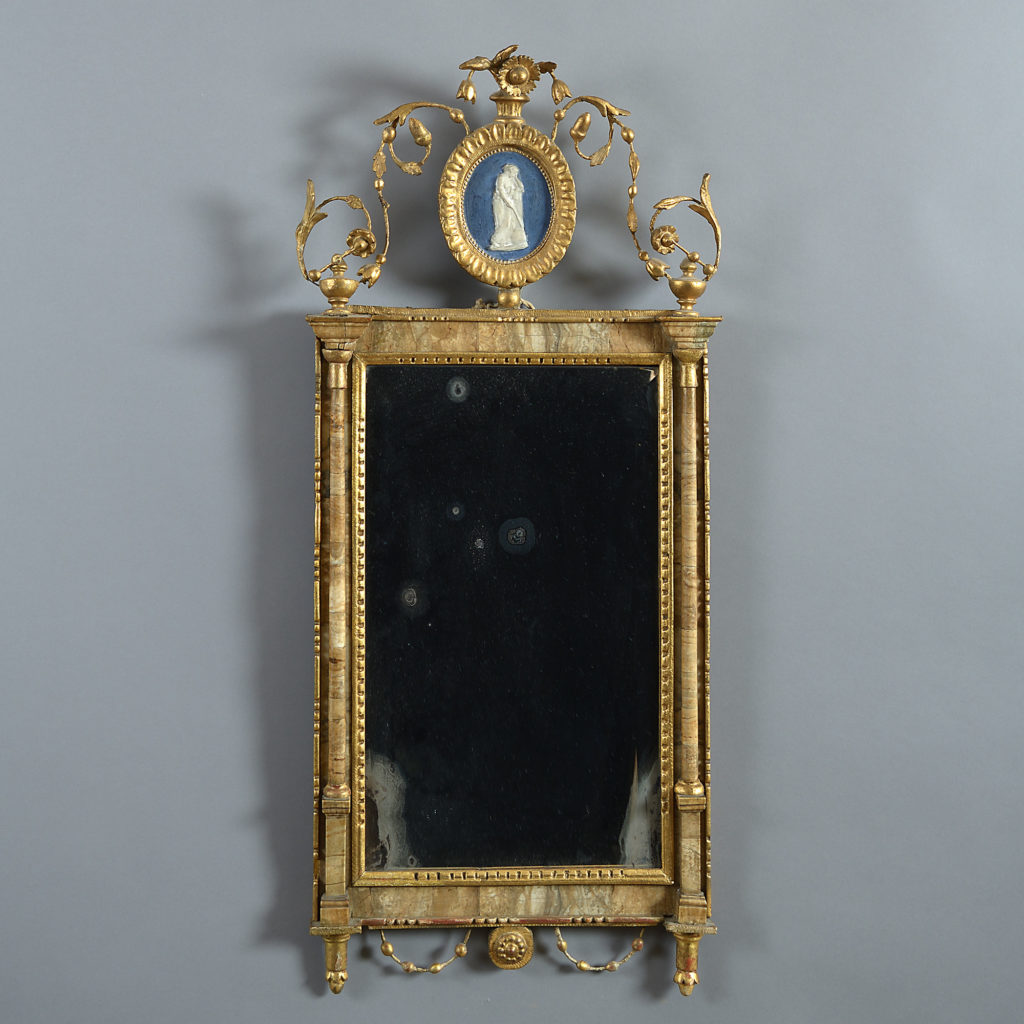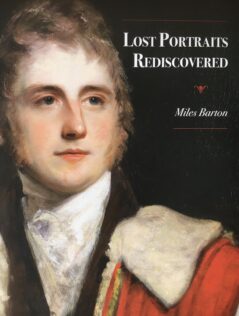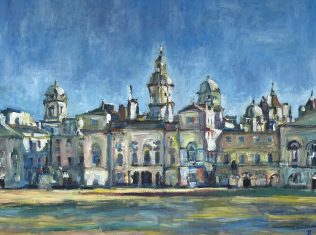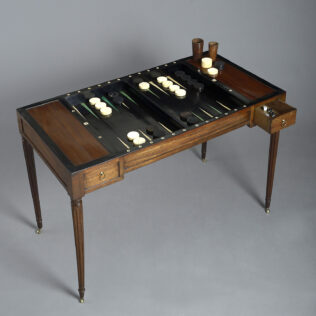Furniture
A look at the history of Neo-Classical Design featuring a Neo-Classical Mirror
The rediscovery and excavation of Pompeii and Herculaneum in the mid 18th century renewed fascination with the Classical civilisations of ancient Greece and Rome. Architects such as Robert Adam and William Chambers swiftly embraced the style which rapidly extended to interior design including furniture, ceramics and internal decorations.
The new emphasis on form was starkly contrary to the whimsical antecedent Rococo period. Architects and furniture designers now adopted Roman Classical decorative features such as swags and festoons, beading and the cameo format. Early examples of neo-classical furniture and decorative pieces were available only to the more affluent but the design books produced by furniture makers, such as Hepplewhite and Sheraton, popularised the style, albeit in a more simplified form. Subsequently pieces, such as this mirror, were now available for middle-class patrons eager to embrace the new fashion at affordable prices.
The increasing fashion and demand manifested itself in particular in the Grand Tour, a lengthy voyage which had already been popular for almost a hundred years. The renewed interest in Classical civilisation fuelled a plethora of commissions by young, erudite British patrons eager to boast their limitless wealth and knowledge as well as to decorate their homes back in England. To these spendthrifts we now owe arguably important works of arts by painters such as Joseph Claude Vernet and Giovanni Paolo Panini whose works are on display in The National Gallery, London.
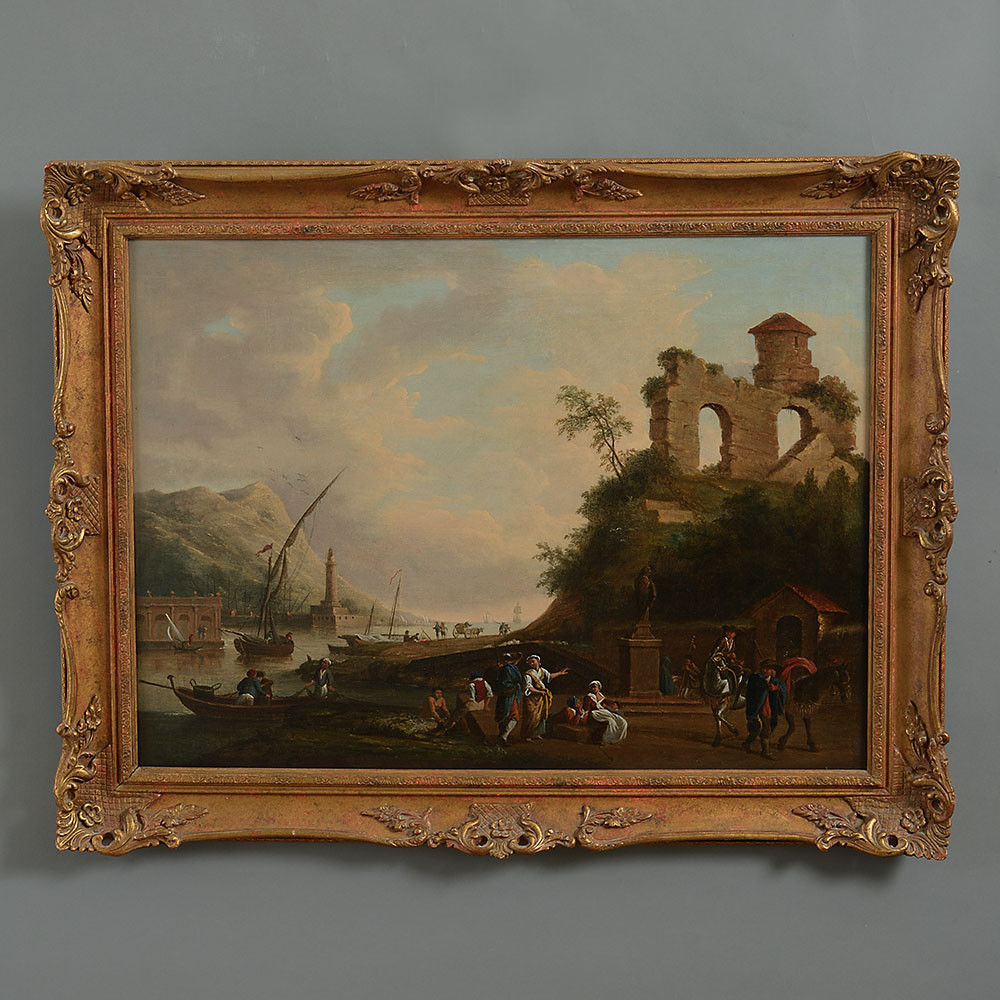
This landscape, An 18th Century Coastal Capriccio, was painted circa 1760 by a follower of Vernet. The vibrant colours, as well as idealised landscape and varied subjects within the canvas, render it not only comparable to the works produced by Vernet but also to the whole Neo-Classical era in paintings.
A particularly significant discovery, at this time, was a Roman cameo glass vase – now known as the Portland Vase, and on display at The British Museum. Made somewhere between AD 1 and AD 25 the violet blue glass is decorated with a continuous scene in white glass depicting mythological scenes. The celebrated potter, Josiah Wedgwood, was loaned the vase and subsequently spent four years attempting to emulate the vase in black and white jasperware, rather than glass. In 1790, after several failed attempts, he finally perfected the technique and a copy is held in The British Museum today.
This late eighteenth century mirror assumes a number of neo-classical features including simplicity of form, Classical urns and alabaster columns. The influence of the archaeological finds is evident in the Classical motifs and matt blue of the painted plaque although unique to this piece the elongated columns are reminiscent of the renaissance in their proportions. It is a perfect example of a provincial mirror, probably made circa 1790.
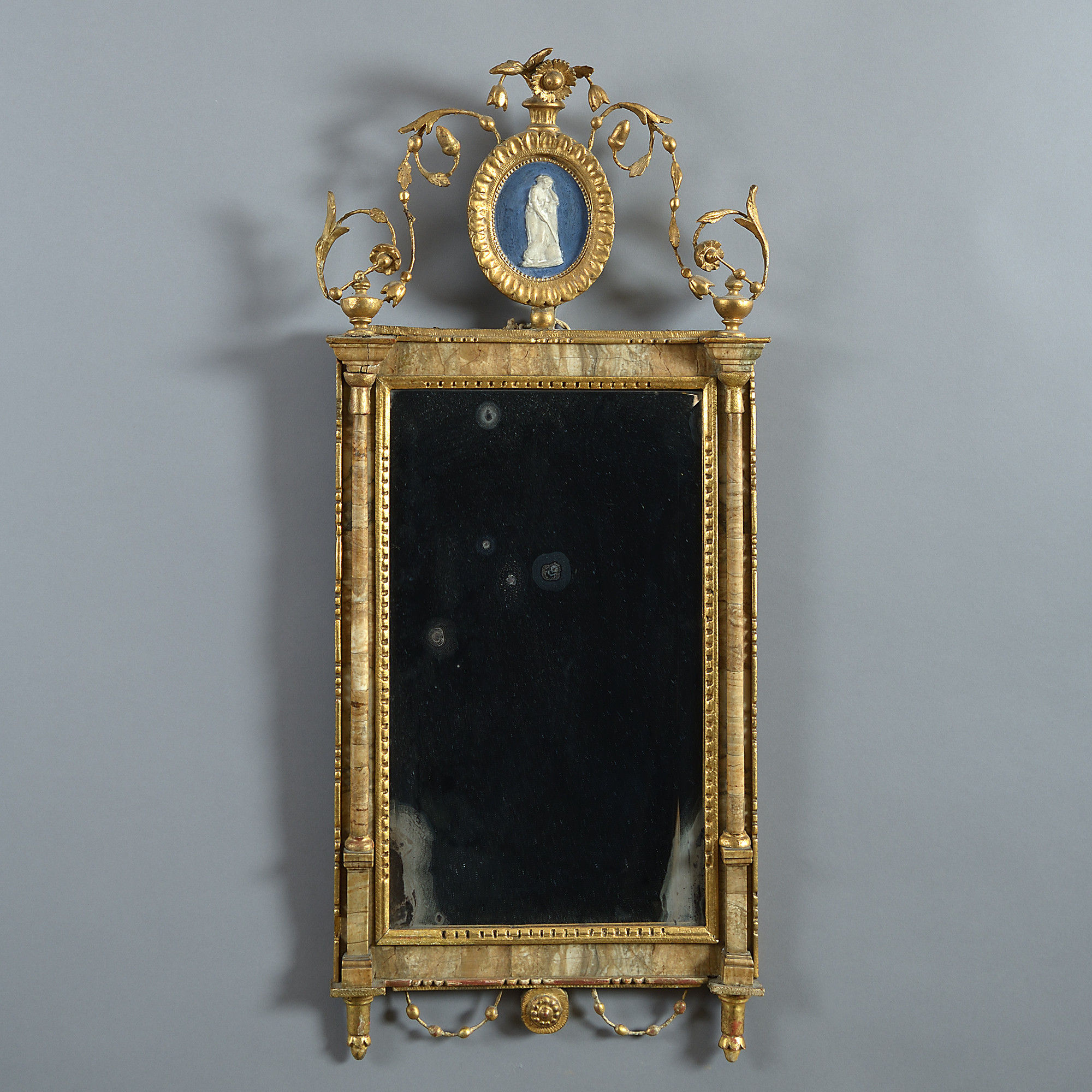
Whilst popularity for Neo-Classicism declined in the early nineteenth century as it naturally evolved into Empire style, it was revived once again in the 20th century, lending some inspiration to Hollywood Regency from the 1930s and particularly to interior designers in the 1950s. This Italian wine table, circa 1950, clearly draws from the eighteenth century with its frieze, upon tapered legs and marbled top, reminiscent of Italian console tables.
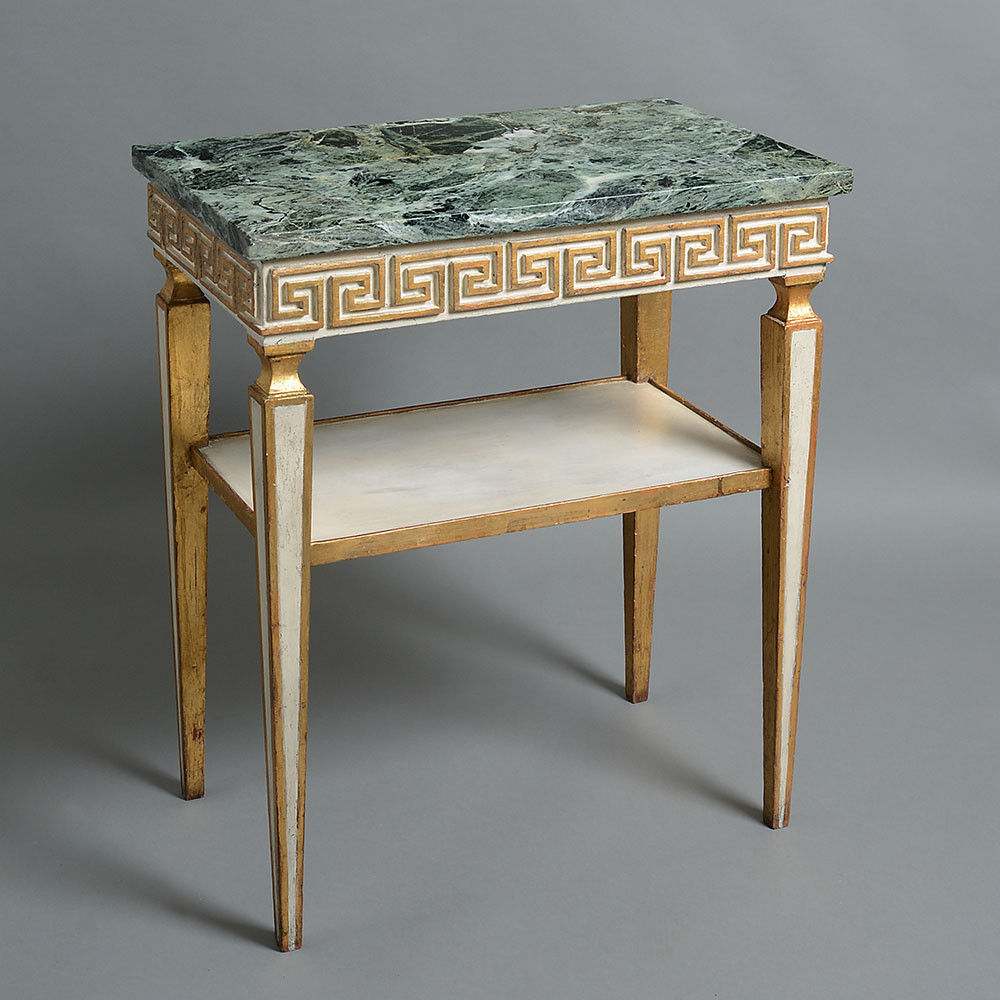
The timelessness of Neo-Classicism suits most interior settings more so than any other era. Its legacy continues even into 21st century architecture and interior design in a style which is now, ironically, almost synonymous with what is considered quintessentially English in design.

